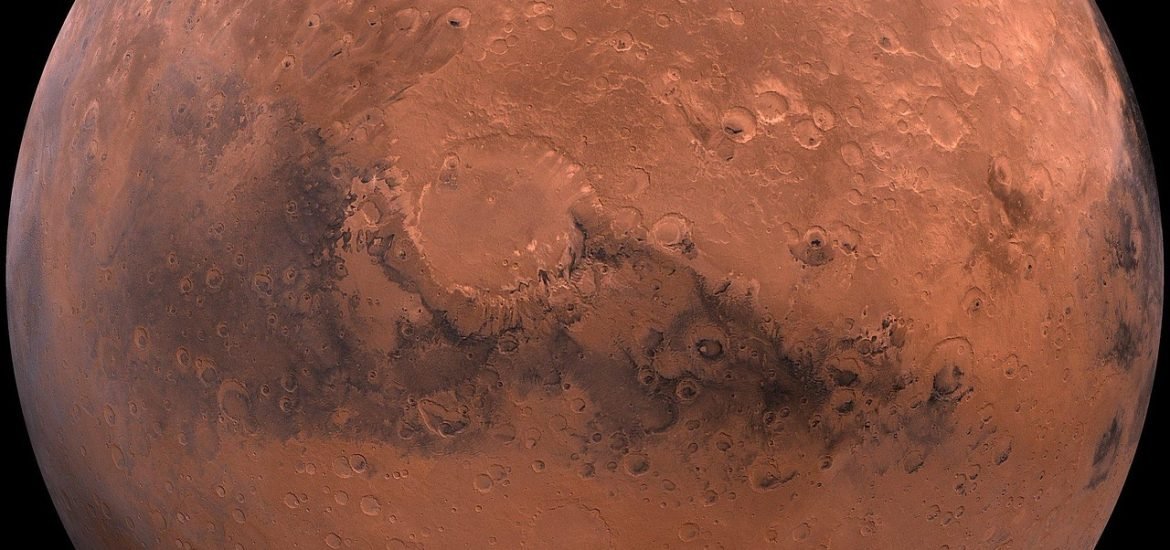
Winds on Mars reach much higher speeds than previously assumed, according to a study published in Science Advances.
Despite the thin atmosphere on Mars, some winds are central to the climate and distribution of dust on the planet. The wind movements and the whirling of dust create dust devils, which are rotating columns of dust and air that move across the surface. Images of Mars don’t show the wind, but dust devils are easy to spot. These phenomena are valuable indicators for researchers when figuring out wind speed.
Results from a study led by a team from the Center for Space and Habitability at the University of Bern show that the dust devils and the wind on Mars reach significantly higher speeds than previously assumed. These winds are likely responsible for a large part of the dust uplift on Mars, which in turn impacts the weather.
“Using a state-of-the-art deep learning approach, we were able to identify dust devils in over 50,000 satellite images,” explained first author Valentin Bickel. The team relied on images from the Bern-based Mars camera CaSSIS (Color and Stereo Surface Imaging System) and the stereo camera HRSC (High Resolution Stereo Camera). CaSSIS is on board the European Space Agency’s (ESA) ExoMars Trace Gas Orbiter, while the HRSC camera is on board the ESA orbiter Mars Express. “Our study is therefore based exclusively on data from European Mars exploration,” continued Dr Bickel.
The team also examined stereo images of 300 dust devils to measure their directions of movement and velocities. “Stereo images are images of the same spot on the surface of Mars but taken a few seconds apart. These images can therefore be used to measure the movement of dust devils,” explained co-author Nicolas Thomas. “If you put the stereo images together in a sequence, you can observe how dynamically the dust devils move across the surface, “ added Dr Bickel.
The results show that the dust devils and the winds on Mars can reach speeds of up to 44 m/s, i.e., around 160 km/h, across the entire planet, much faster than previously assumed. This high speed in turn influences the dust cycle on the Red Planet: “These strong, straight-line winds are very likely to bring a considerable amount of dust into the Martian atmosphere – much more than previously assumed,” said Dr Bickel. “Our data show where and when the winds on Mars seem to be strong enough to lift dust from the surface. This is the first time that such findings are available on a global scale for a period of around two decades.”
This work is also relevant for future Mars missions. “A better understanding of the wind conditions on Mars is crucial for the planning and execution of future landed missions,” explained Daniela Tirsch from the Institute of Space Research at the German Aerospace Center (DLR), co-author of the study. “With the help of the new findings on wind dynamics, we can model the Martian atmosphere and the associated surface processes more precisely,” Tirsch continued.
Valentin T. Bickel et al., Dust devil migration patterns reveal strong near-surface winds across Mars.Sci. Adv.11,eadw5170(2025).DOI:10.1126/sciadv.adw5170